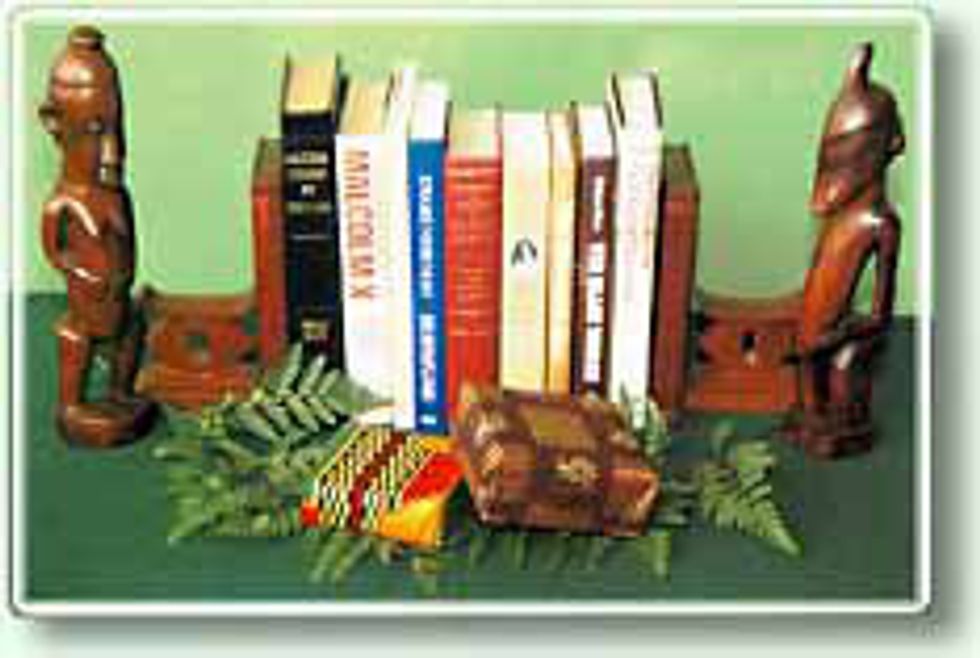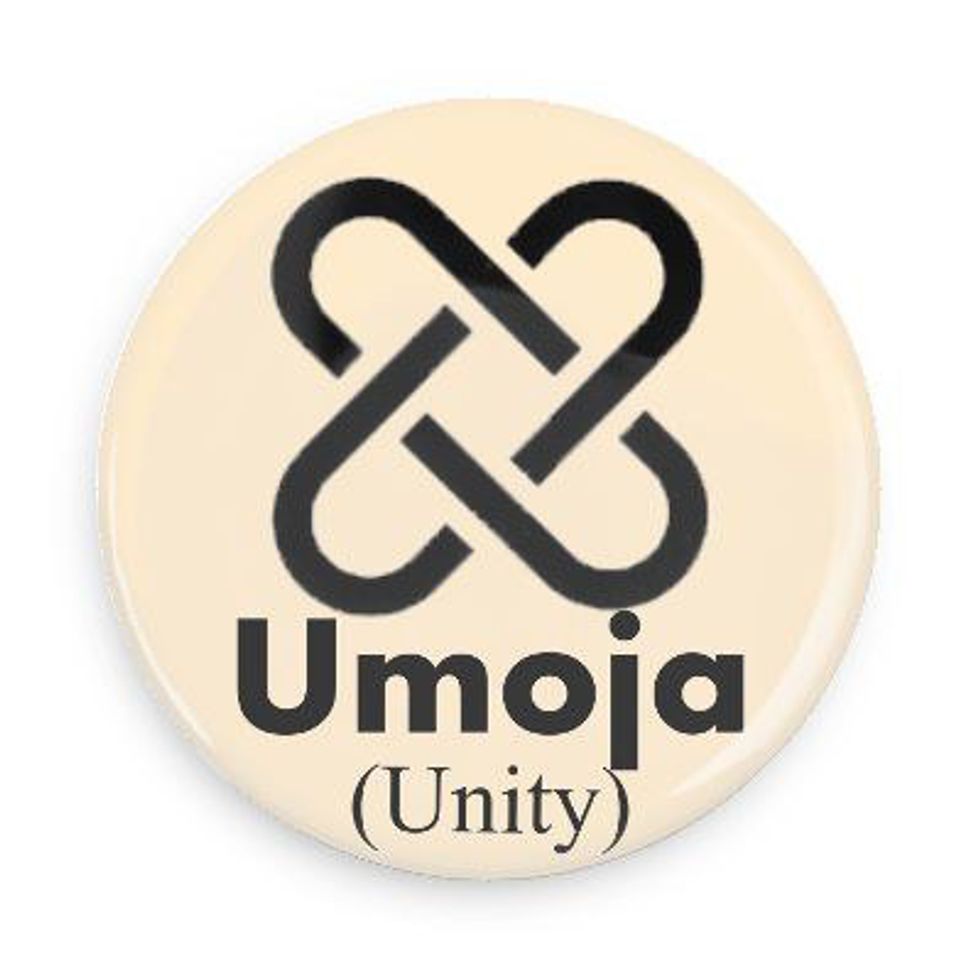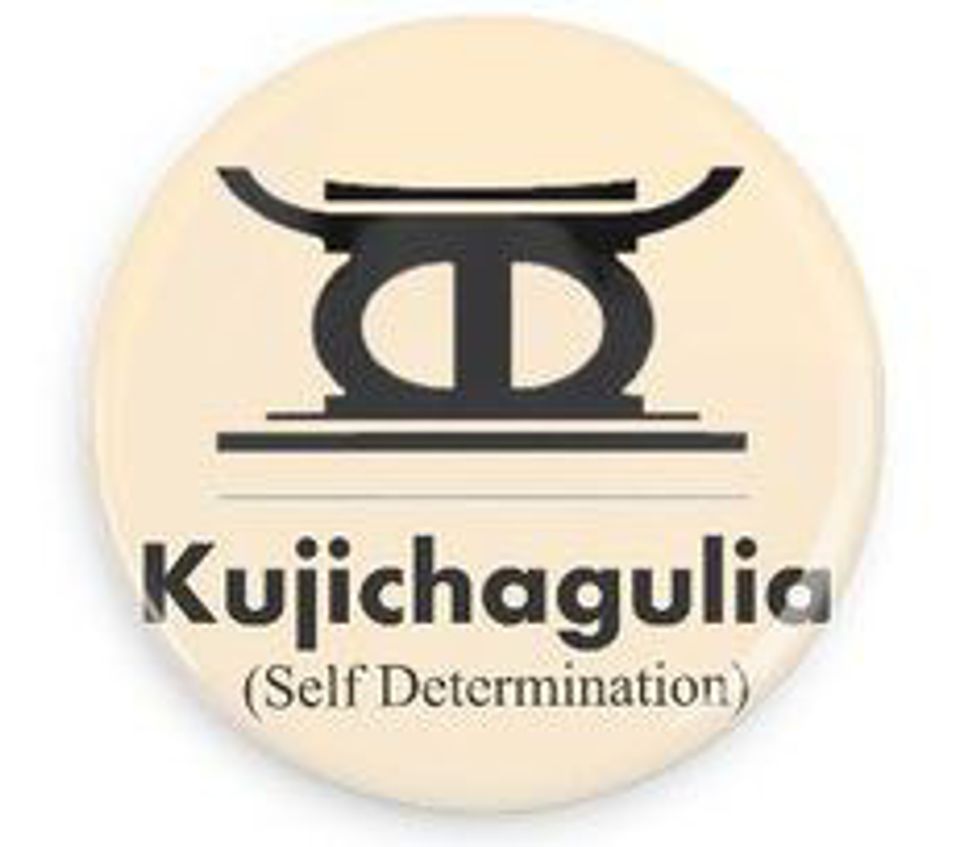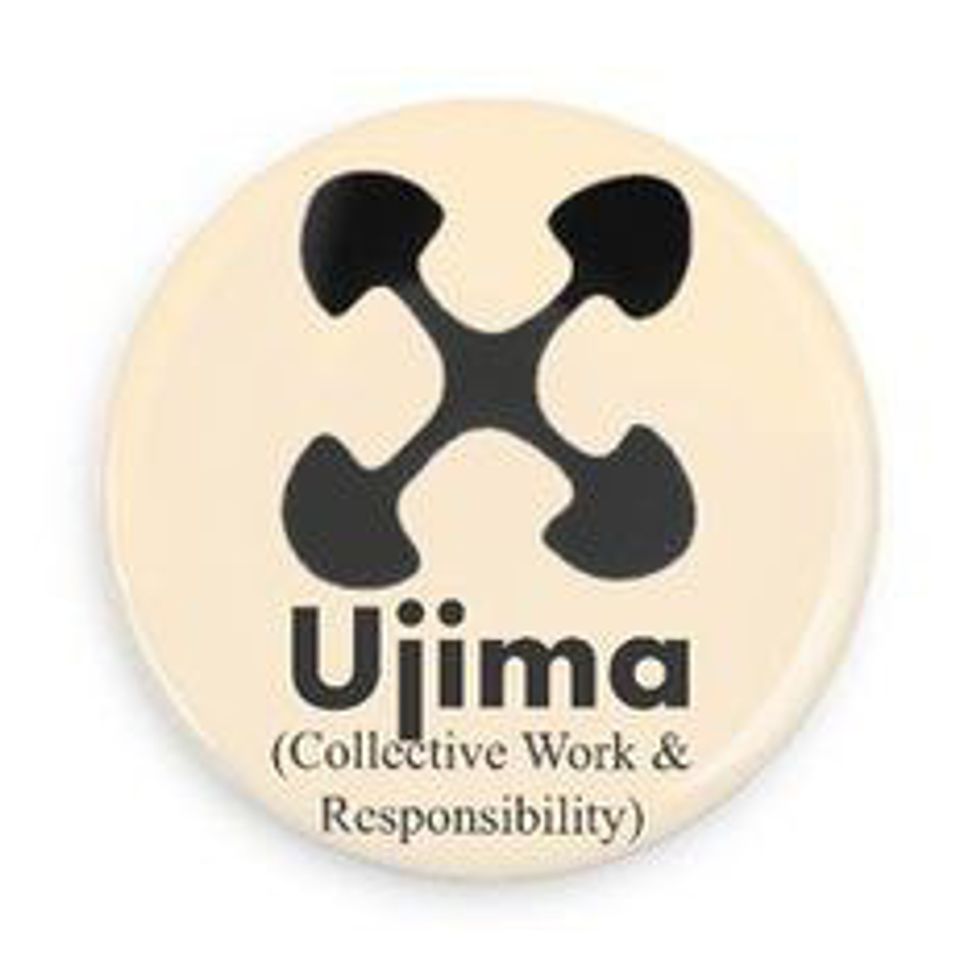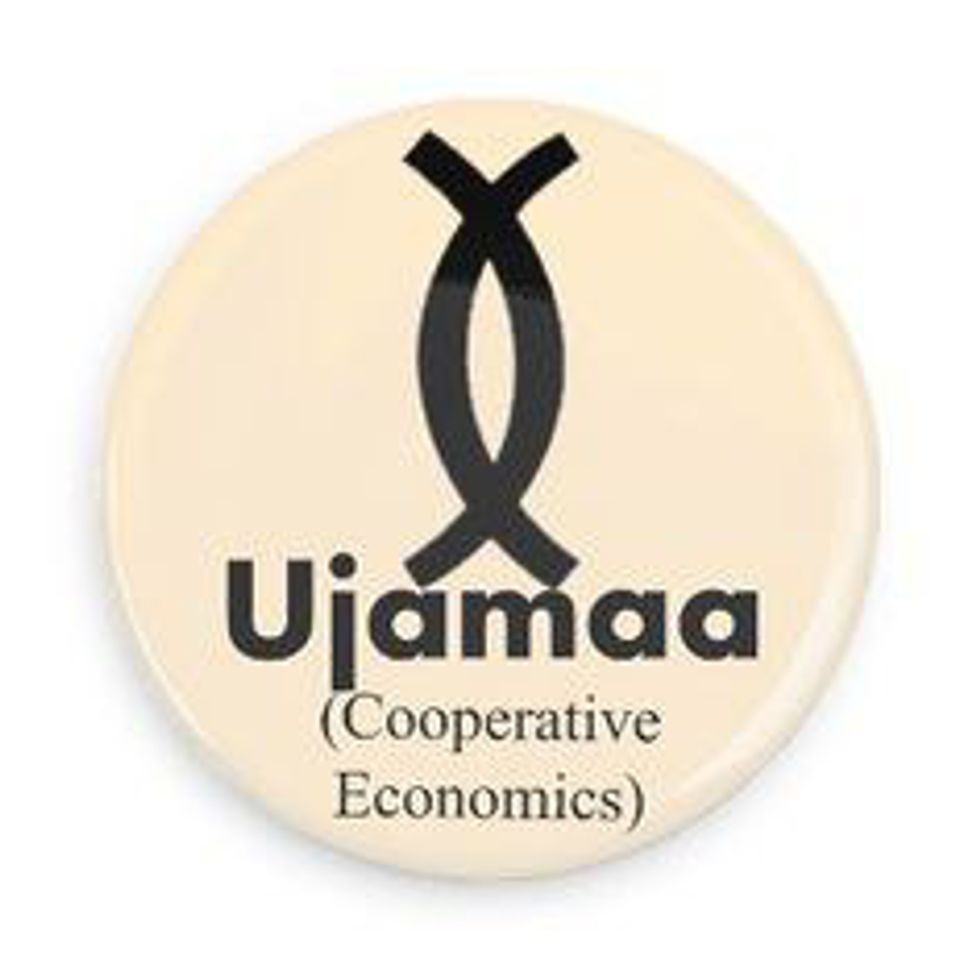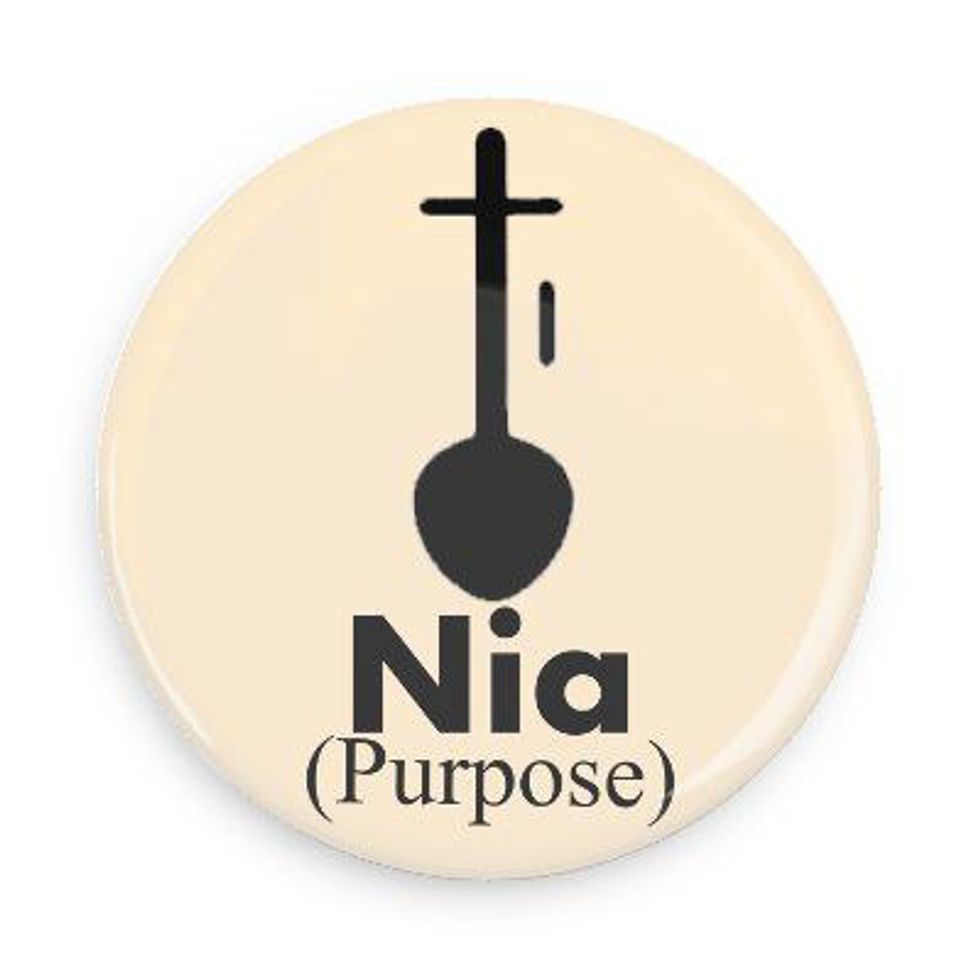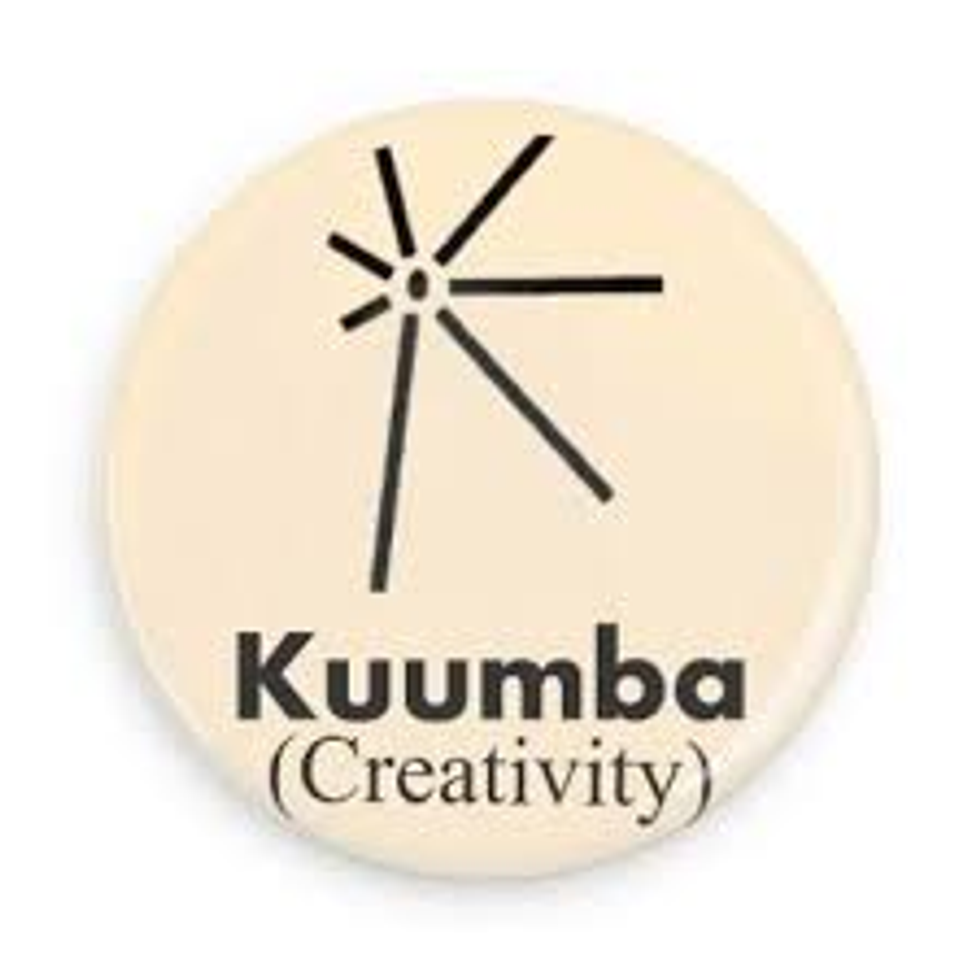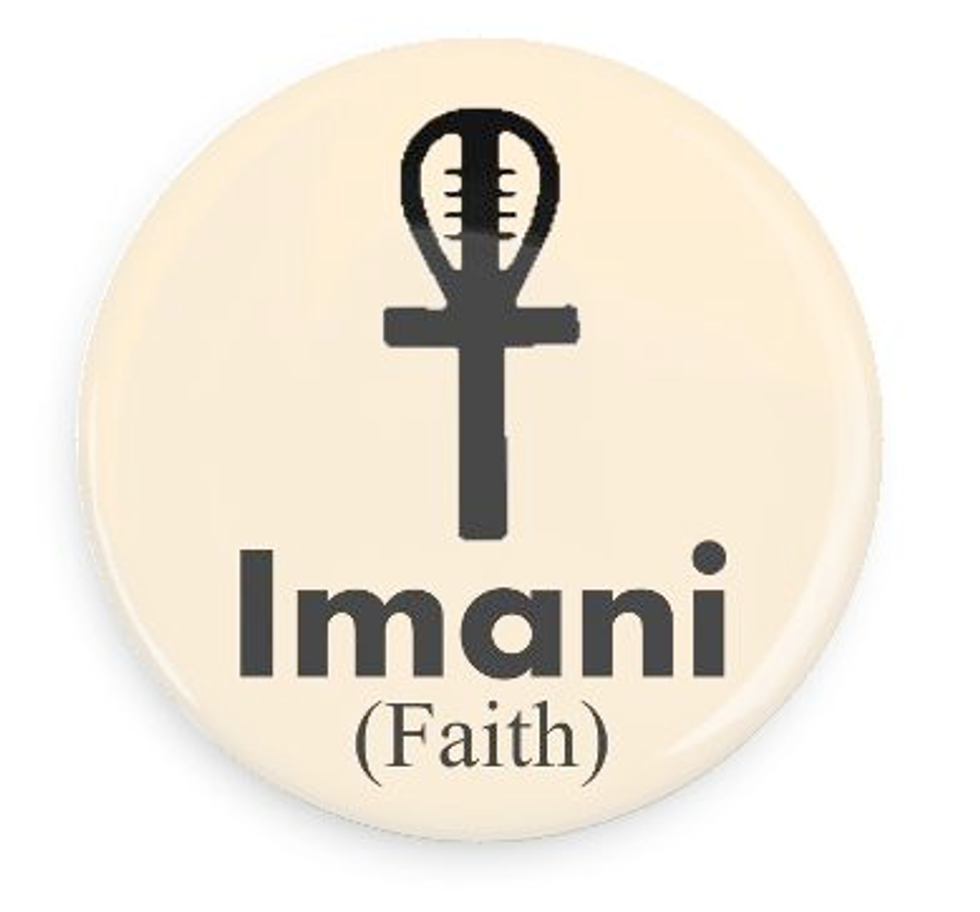Now that Christmas is over, the celebrating hasn't ended for me. I celebrate Kwanzaa. Kwanzaa is a week-long celebration in the United States and in other nations of the Western African diaspora in the Americas. The celebration honors African heritage in African American Culture, and is observed from December 26 to January 1, culminating in a feast and gift-giving. Kwanzaa has seven core principles (Nguzo Saba). It was created by Maulana Karenga and was first celebrated in 1966. The name Kwanzaa derives from the Swahili phrase matunda ya kwanza, meaning "first fruits of the harvest". Being the only African American in my family, I usually celebrate by myself and don't follow all of the traditions as most African American families would.
The greetings during Kwanzaa are in Swahili. Swahili is a Pan-African language and is chosen to reflect African Americans' commitment to the whole of Africa and African culture rather than to a specific ethnic or national group or culture. The greetings are to reinforce awareness of and commitment to the Seven Principles. It is: "Habari gani?" and the answer is each of the principles for each of the days of Kwanzaa.
Gifts are given mainly to children, but must always include a book and a heritage symbol. The book is to emphasize the African value and tradition of learning stressed since ancient Egypt, and the heritage symbol to reaffirm and reinforce the African commitment to tradition and history.
The colors of Kwanzaa are black, red and green and can be utilized in decorations for Kwanzaa. Also decorations should include traditional African items like African baskets, cloth patterns, art objects and harvest symbols.
When celebrating, a central place in the home is chosen for the Kwanzaa Set. A table is then spread with a beautiful piece of African cloth with the mkeka (mat) ]and all of the other symbols which are placed on it or immediately next to it to symbolize rootedness in tradition. The Kinara (candle holder) is placed on the mat and the Mishumma Saba (seven candles) are placed in it.
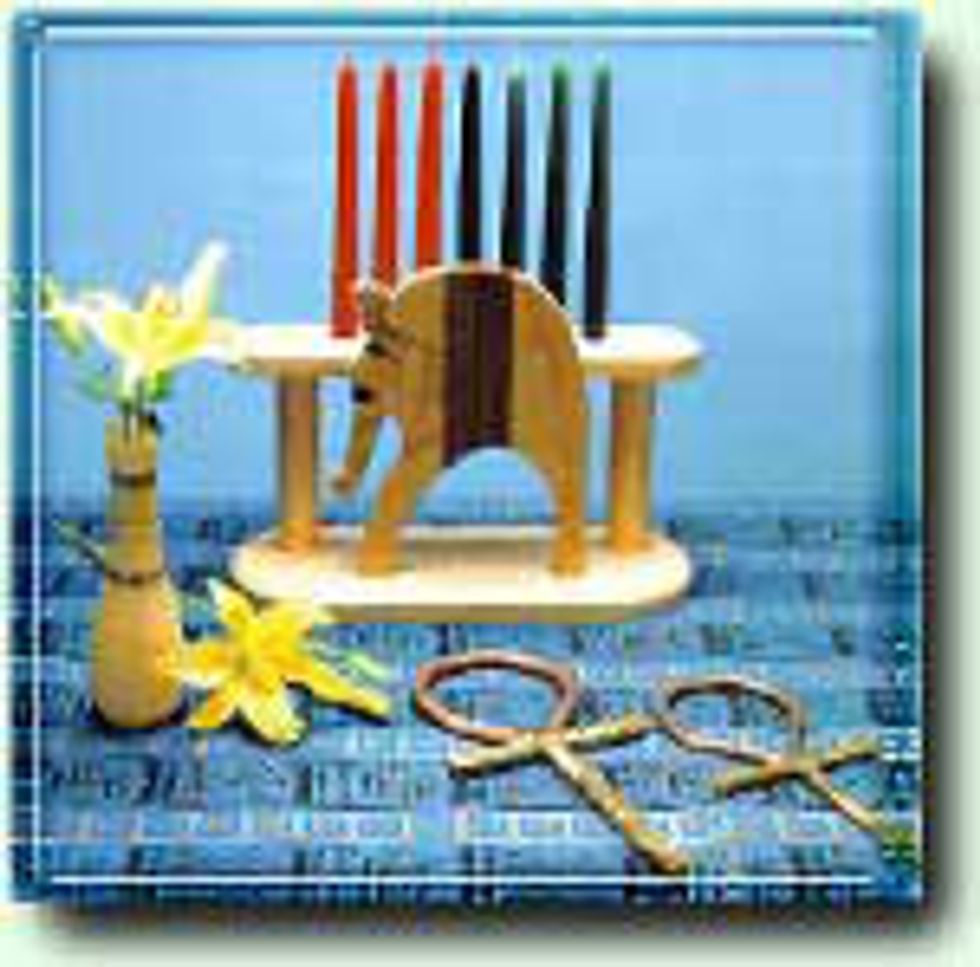
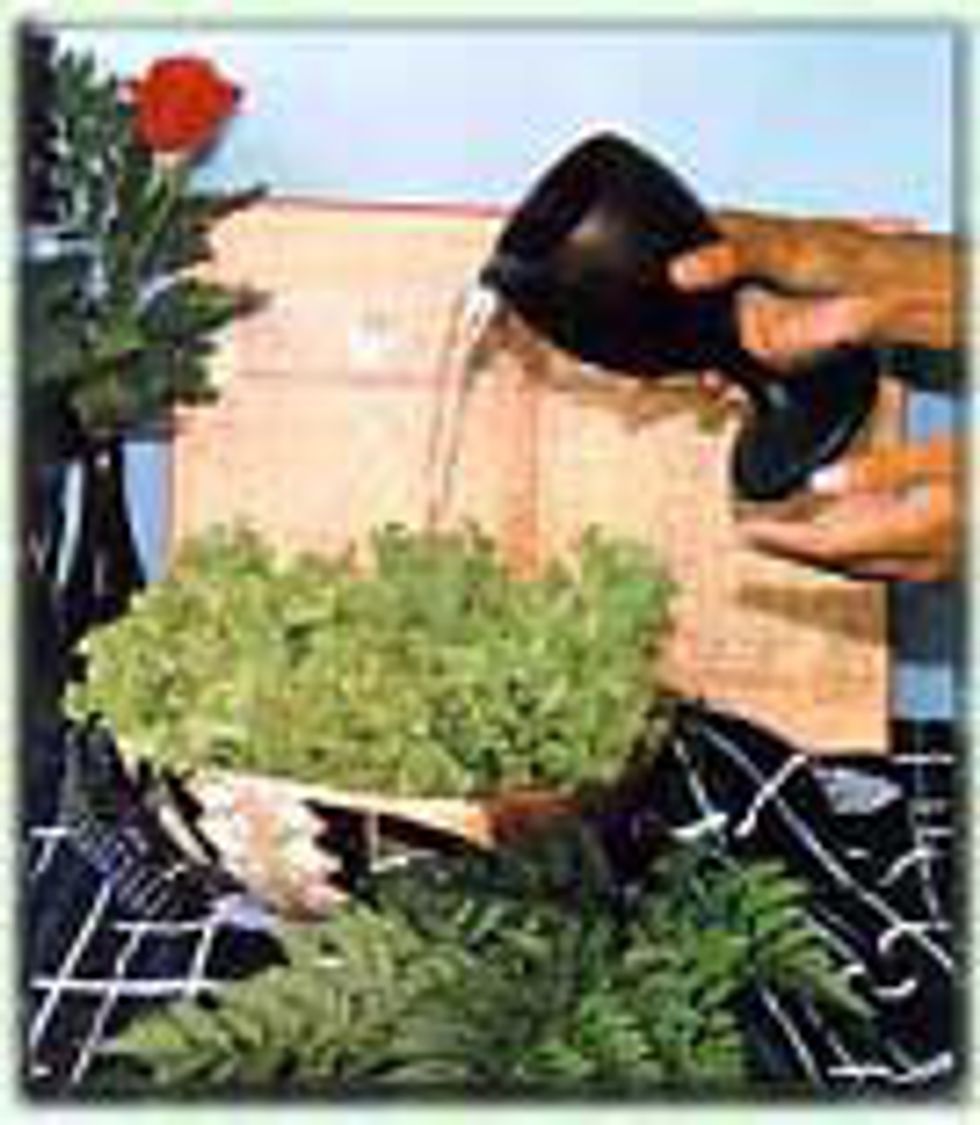
The black candle represents the first principle Umoja (unity) and is placed in the center of the kinara. Umoja is to strive for and maintain unity in the family, community, nation, and race.
The principle of Kujichagulia (self-determination),to define ourselves, name ourselves, create for ourselves and speak for ourselves, is represented by the first red candle.
The principle of Ujima (collective work and responsibility), to build and maintain our community together and make our brother's and sister's problems our problems and to solve them together, is represented by the first green candle.
The principle of Ujamaa (cooperative economics), the build and maintain our own stores, shops, and other businesses and to profit from them together, is represented by the second red candle.
The principle of Nia (purpose), to make our collective vocation the building and developing of our community in order to restore our people to their traditional greatness, is represented by the second green candle.
The principle of Kuumba (creativity), to do always as much as we can, in the way we can, in order to leave our community more beautiful and beneficial than we inherited it, is the last red candle.
The principle of Imani (faith), to believe with all our heart in our people, our parents, our teachers, our leaders and the righteousness and victory of our struggle, is the last green candle.
The black candle is lit first on the first day of the celebration and the remaining candles are lit afterwards from left to right on there respective days. This procedure is to indicate that the people come first, then the struggle and then the hope that comes from the struggle.
Happy Kwanzaa.




